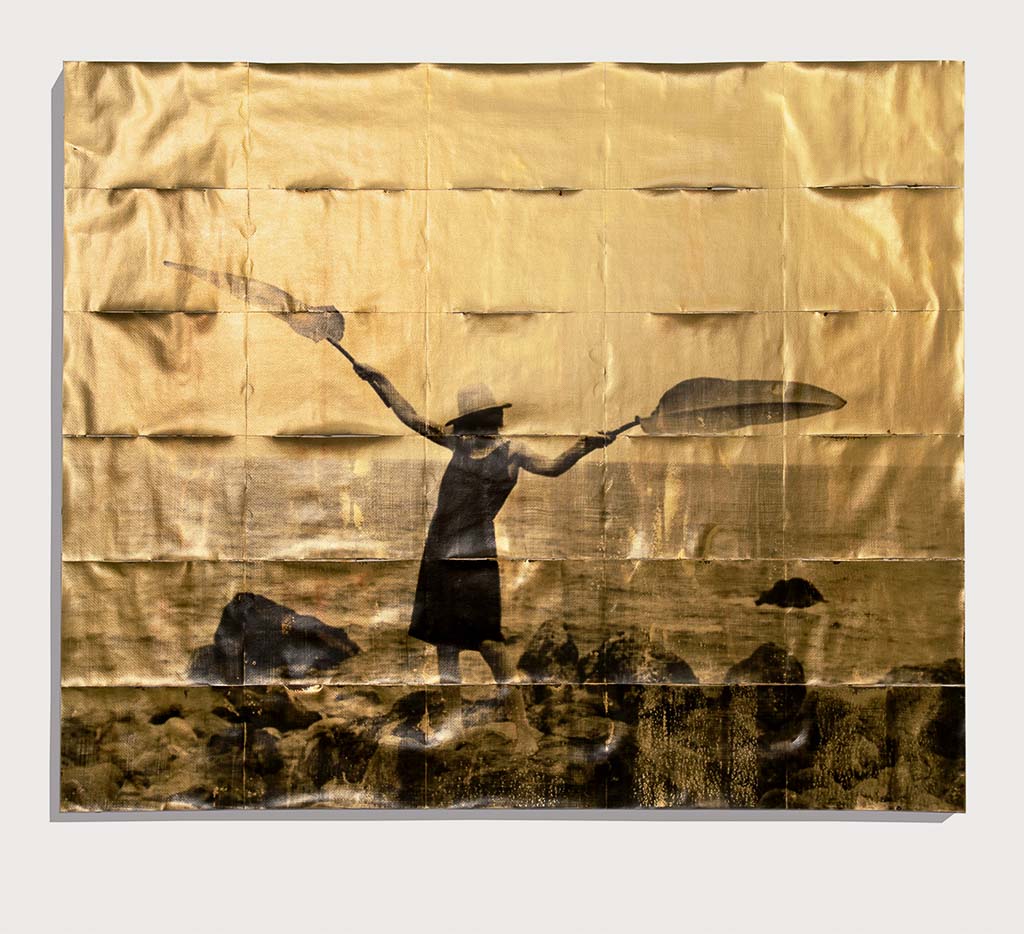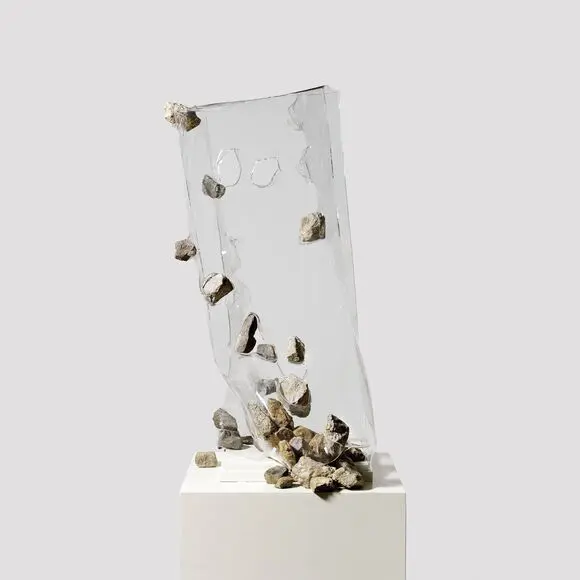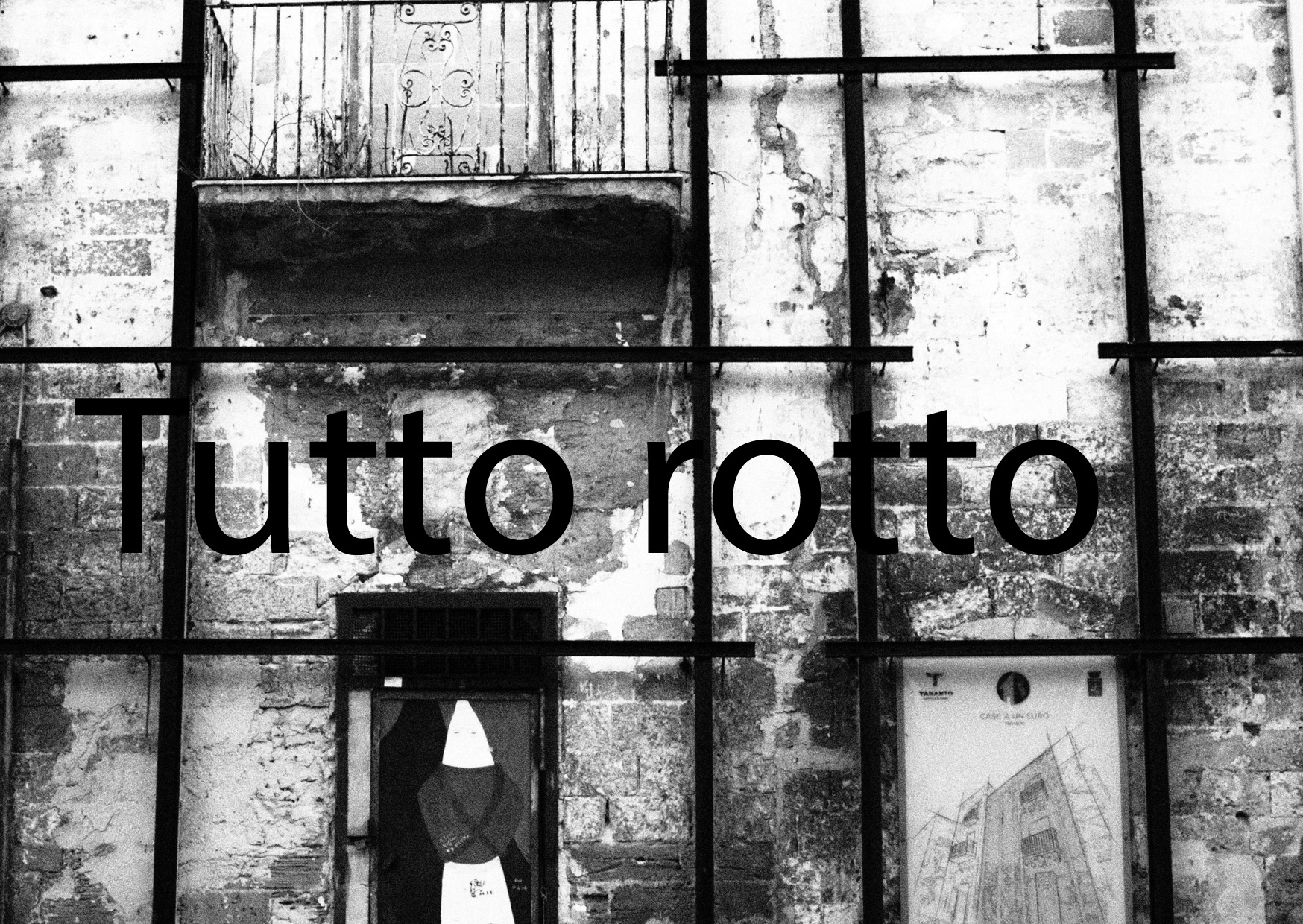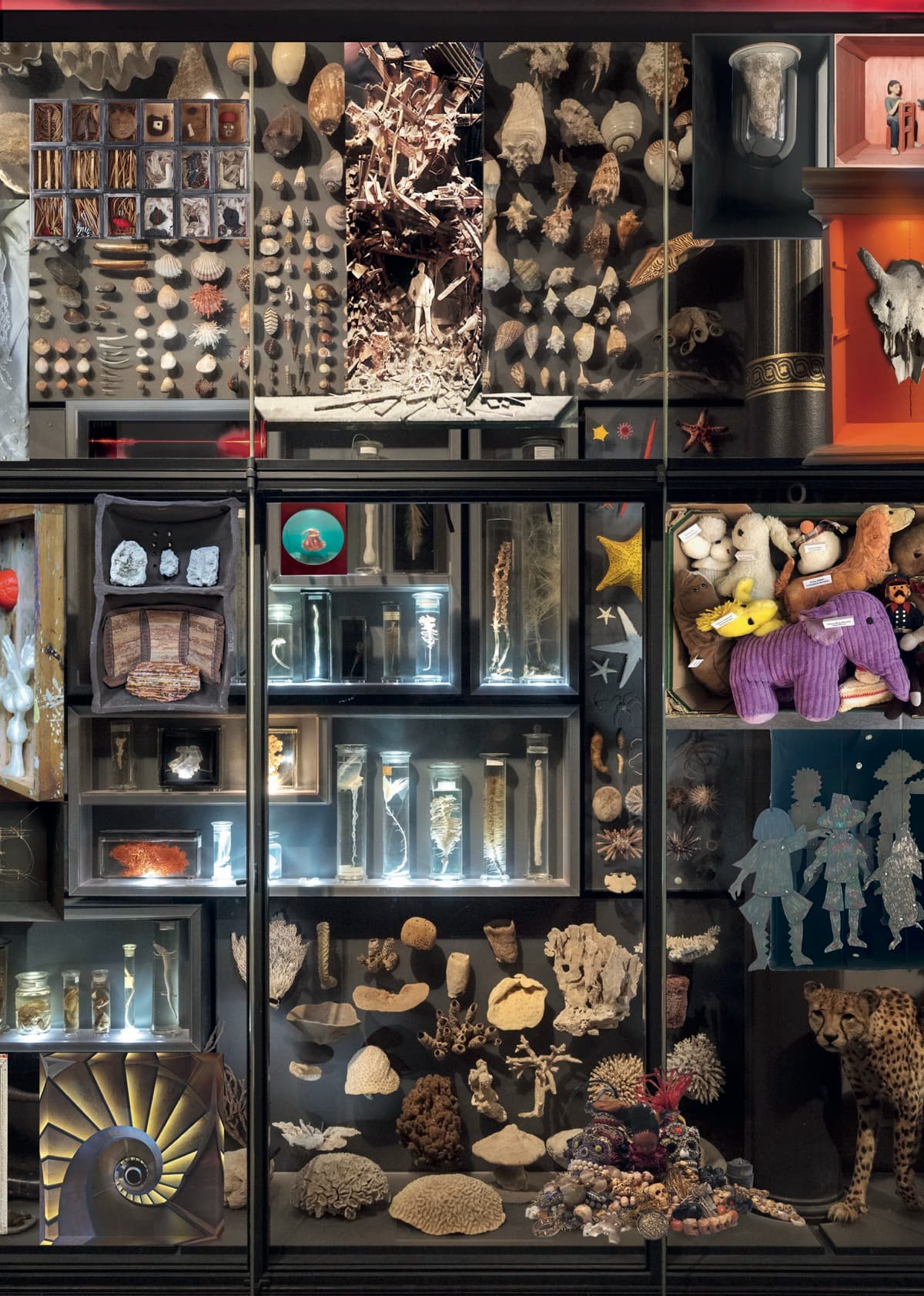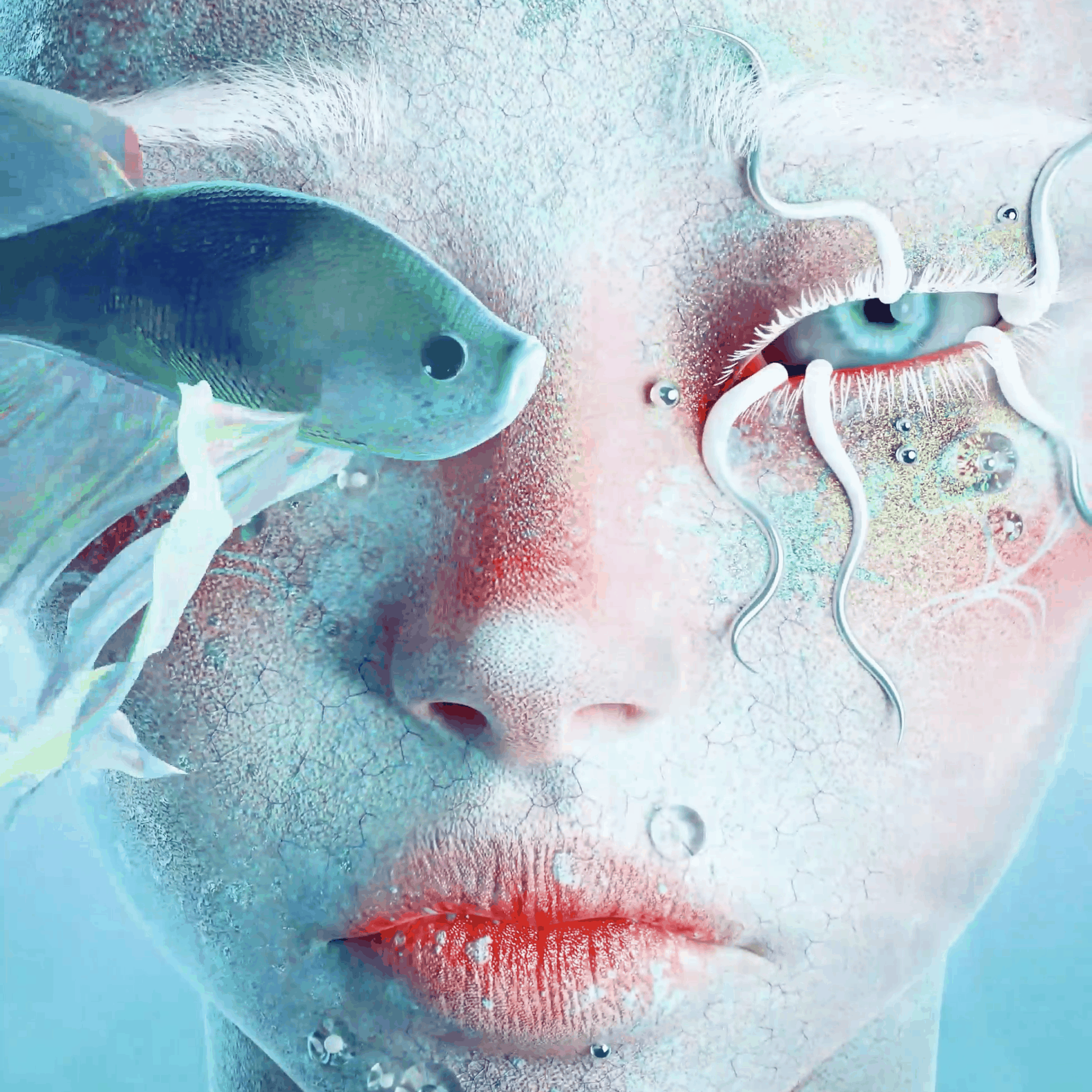Tutto rotto
Tarent, eine Woche, zwei Linsen.
Vernissage:
Freitag, 8. Juli / 18–22 Uhr
Weitere Öffnungszeiten:
9. Juli – 13. Juli 2022
Sa, So / 14–20 Uhr
Mo, Di, Mi / 16–20 Uhr
3000 Jahre alt. Mythologischer Gründer Tarents ist der Halbgott Taras, ein Sohn Neptuns. Spartaner, Römer, Sarrazenen und Normannen hinterließen ihre Spuren. Aus der vom Fischfang und Muschelzucht geprägten Stadt der zwei Meere mit angeschlossenem Marinestützpunkt wird in den 60ern eine Industriestadt. Stadtentwicklung brutal.
Das riesige Stahlwerk, das auch heute noch die Luft vergiftet und wie eine Drohkulisse an der Lagune liegt, lässt fast alle Bewohner der engen Altstadt in die Neustadt ziehen. Die Altsdtadt, die Isola del Borgo Antico, verfällt und ist in einem katastrophalem Zustand. Nur 2000 von 200.000 Einwohnern Tarents leben noch dort. Seit einigen Jahren kauft die Stadt viele Häuser auf. Um die Struktur zu retten, werden viele Ruinen durch Stahlskekette gestützt. Man kann Häuser und Palazzi für einen Euro kaufen, man muss sich aber zur denkmalgerechten Renovierung verpflichten.
Wir sitzen nachts auf dem Dach des Palazzo und trinken, trinken sehr viel. Plötzlich geht gefühlt fast neben uns ein Feuerwerk los. Werden Heilige gefeiert? Vielleicht Cosmas und Damian? Unsere Gastgeberin winkt ab, es sei nur eine Drogenlieferung im Hafen angekommen.Trotz allem: Diese Stadt ist atemberaubend, uns geht das Herz auf. Wir bleiben viel länger als geplant.
Ich lasse meine Kamera sinken und drehe mich in Richtung der weiblichen Stimme hinter mir. „Tutto rotto!“ Sie lächelt verlegen und zuckt entschuldigend mit den Schultern. Als ob sie für den Verfall der Altstadt persönlich verantwortlich wäre. Ich erwidere ihr Lächeln. „Rotto, ma bellissimo!“ Ein kleiner Junge rennt aus dem Haus auf die Strasse hinaus. Strahlend und voller Stolz ruft sie ihm nach: „Rotto, ma bellissimo!“
Tutto rotto
Taranto, one week, two lenses.
3000 years old. The mythological founder of Taranto is the demigod Taras, a son of Neptune. Spartans, Romans, Saracens and Normans left their mark. In the 1960s, the city of the two seas, which was shaped by fishing and shellfish farming with an attached naval base, became an industrial city. Urban development brutal.
The huge steelworks, which still poisons the air today and dominates the lagoon like a threatening backdrop, made almost all the residents of the cramped old town move to the new town. The old town, the Isola del Borgo Antico, had been decaying and in a catastrophic state. Only 2000 of Taranto’s 200,000 inhabitants still live there. In recent years, the city has been buying up many houses. To save the structure, many ruins are supported by steel skeletons. You can buy houses and palazzi for one euro, but you have to commit to renovating them in accordance with the monument protection laws.
At night we sit on the roof of the palazzo and drink, drink a lot. Suddenly fireworks go off almost next to us. Are saints being celebrated? Maybe Cosmas and Damian? Our hostess tells us that a delivery of drugs has arrived at the port. Despite everything: This city is breathtaking, it makes our hearts sing. We stay much longer than planned.
I lower my camera and turn to face the female voice behind me. “Tutto rotto!” She smiles shyly and shrugs apologetically. As if she were personally responsible for the decay of the old town. I smile back. “Rotto, ma bellissimo!” A little boy runs out of the house into the street. Beaming and full of pride, she calls after him: “Rotto, ma bellissimo!”


